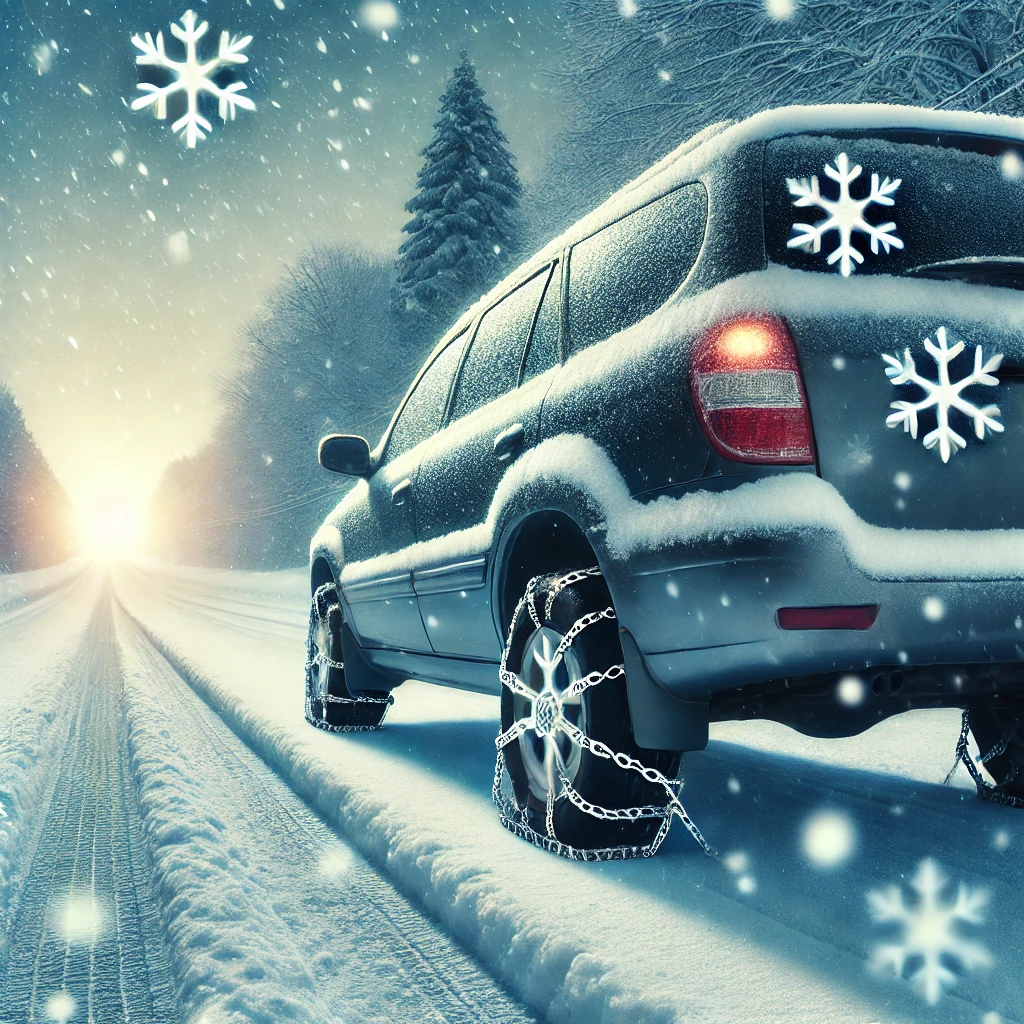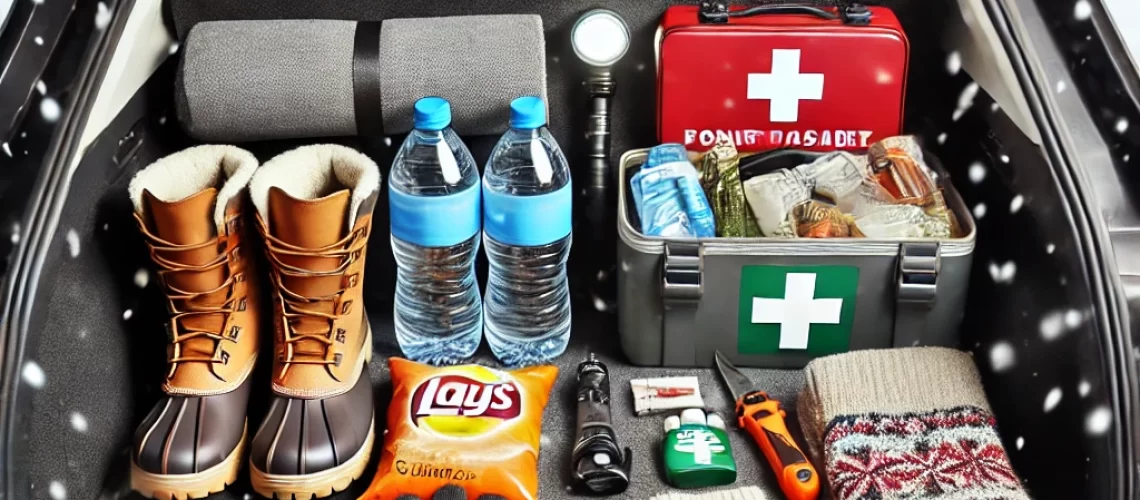Winter Driving Essentials: Must-Have Items for Safe Winter Travel
As winter approaches, it’s crucial to prepare your vehicle for the challenges that cold weather can bring. A few months ago, we at Grapple N Go Towing provided a list of emergency survival items for the summer months. These items are important year-round, but winter driving requires additional preparation to ensure your safety. Let’s delve into the winter driving essentials that you should have in your car to stay safe and prepared during the colder months.
Essential Winter Survival Items
First, let’s revisit some essential items that are necessary for both summer and winter:
- Water: Staying hydrated is crucial, no matter the season. Keep a supply of bottled water in your car.
- Non-perishable Food: Items like granola bars, nuts, and dried fruits can sustain you if you’re stranded for an extended period.
- Flashlight: A reliable flashlight with extra batteries is essential for visibility and signaling for help.
- Blankets: Keep a couple of warm blankets in your car to stay warm if you’re stuck in the cold.
- Lighter: A lighter can be useful for starting a fire or signaling for help.
- First Aid Kit: A comprehensive first aid kit can address minor injuries and emergencies.
These items should be stored in a sealed container in your trunk, while smaller, frequently used items can be kept in your glove compartment. One such tool that should be easily accessible is the Seatbelt Cutter and Windshield Hammer tool, which we mentioned in a previous blog entry.

Additional Winter Driving Essentials
As winter begins to loom, you should add a few more items to your emergency kit to tackle the specific challenges of winter driving:
- Spare Gloves, Socks, and Boots: Keep a couple of spare pairs of gloves, socks, and a pair of boots in your car. Wet feet and hands can quickly lead to frostbite, so having dry replacements is crucial.
- Jumper Cables: Cold weather can drain your car battery quickly. Jumper cables are essential for getting your car started if the battery dies.
- Road Flares: These can signal your presence to other drivers and emergency responders if you’re stranded on the side of the road.
- Tire Chains: If you’re planning to drive in snowy or icy conditions, tire chains can provide the necessary traction. Make sure they fit your tires and practice putting them on before you need them.
- Cell Phone Charger: Keeping your cell phone charged is essential for contacting emergency services if you’re stuck. The last thing you want is for your cell phone to go dead.
Winterizing Your Car
Preparing your car for winter involves more than just packing the right items. It’s essential to “winterize” your vehicle by taking it to your auto service provider for a thorough checkup. Here’s what you should do:
- Oil Change: Get an oil change with oil suited for cold temperatures. This helps your engine run smoothly.
- Check Belts and Hoses: Cold weather can make belts and hoses more brittle. Have them checked and replaced if necessary.
- Inspect Brakes: Ensure your brakes are in good condition, as stopping distances can increase on icy roads.
- Check the Radiator: Make sure your radiator and cooling system are functioning properly to prevent your engine from freezing.
- Inspect Lights: Check all exterior lights to ensure they’re working correctly. Visibility is crucial during winter driving.
Winter Specific Tips
In addition to having the right items and winterizing your car, here are some winter-specific tips to help you stay safe on the road:
- Windshield Wiper Fluid: Check your windshield wiper fluid level and fill it up periodically, even if it isn’t on “empty.” Use a fluid that won’t freeze in cold temperatures.
- Fill Your Gas Tank: Keep your gas tank at least half full. This prevents the gas lines from freezing and ensures you have enough fuel if you get stranded.
- Leave an Itinerary: When going on trips, leave an itinerary in a prominent place in your kitchen or with friends. List the roads you expect to take and the dates you’ll be going and returning. This ensures someone knows your whereabouts in case of an emergency.

Conclusion
Winter driving can be challenging and dangerous if you’re not prepared. By carrying the right winter driving essentials and taking the necessary steps to winterize your car, you can significantly increase your safety on the road. Spare gloves, socks, boots, jumper cables, road flares, tire chains, and a cell phone charger are just a few of the items that can make a difference in an emergency. Additionally, regular maintenance and winter-specific tips, like checking your windshield wiper fluid and keeping your gas tank full, can help you navigate winter roads more safely.
Being prepared for winter driving is not just about your safety but also about the safety of your passengers and other drivers on the road. Take the time to equip your vehicle with these essential items and follow these tips to ensure you’re ready for whatever winter throws your way. Stay safe and drive with confidence this winter season.


